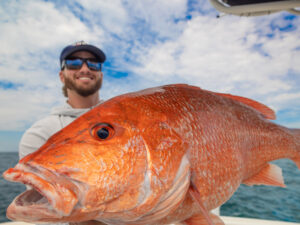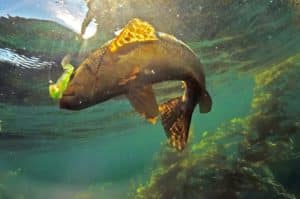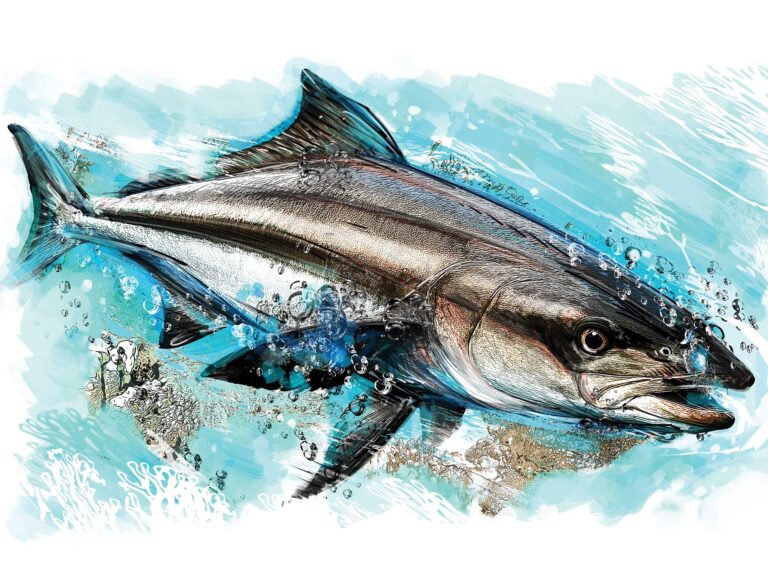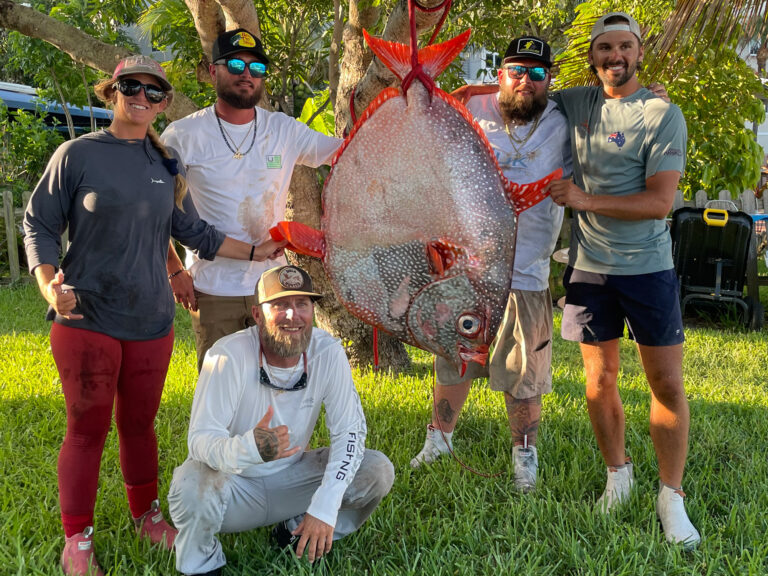
A mako shark tagged off Ocean City, Maryland. by scientists from Nova Southeastern University’s Guy Harvey Research Institute in June of 2017 has travelled nearly 5,900 miles off the Atlantic coast of the United States, migrating from Rhode Island south to northern Florida just in time for the beginning of spring.
“Makos are known to travel long distances, but hardly anything is known about the details of these movements in terms of their timing, orientation, scales of movement, differences between sexes and sizes and what factors drive these migrations,” says Mahmood Shivji, the director of the GHRI and a professor in the Nova Southeastern University’s Halmos College of Natural Sciences and Oceanography. “This knowledge is essential for understanding the ecology of this magnificent animal and to assist in developing effective conservation measures based on science.”
The five and one-half-foot mako, nicknamed Rob (also known as Advanced Roofing 3, for the shark’s sponsor) is one of more than 150 sharks tagged by GHRI in the last decade. The institute also tags tiger sharks and oceanic whitetips. The data that these creatures collect is invaluable, allowing scientists to study their migration patterns and behavior. Rob and other sharks tagged by GHRI can be followed online in near-real-time at www.GHRItracking.org.
“The more we understand the behavior of mako sharks, the better we can protect them,” says Guy Harvey, who is also chairman of the Guy Harvey Ocean Foundation (GHOF), a not-for-profit organization that conducts scientific research and hosts educational programs aimed at conserving the marine environment. The GHOF helps ensure that future generations can enjoy and benefit from a properly balanced ocean ecosystem. “Most people don’t realize that makos are the fastest creatures in the ocean,” Harvey adds.
Read Next: Mission for Mako Sharks
Established in 1999, the GHRI is a collaboration between the renowned marine artist, scientist and entrepreneur, Dr. Guy Harvey, and NSU’s Oceanographic Center. Its mission is to provide the scientific information necessary to understand, conserve and effectively manage the world’s marine fishes and their ecosystems. The GHRI is one of only a handful of private organizations dedicated exclusively to the science-based conservation of marine fish populations and biodiversity.








